Neuroscience
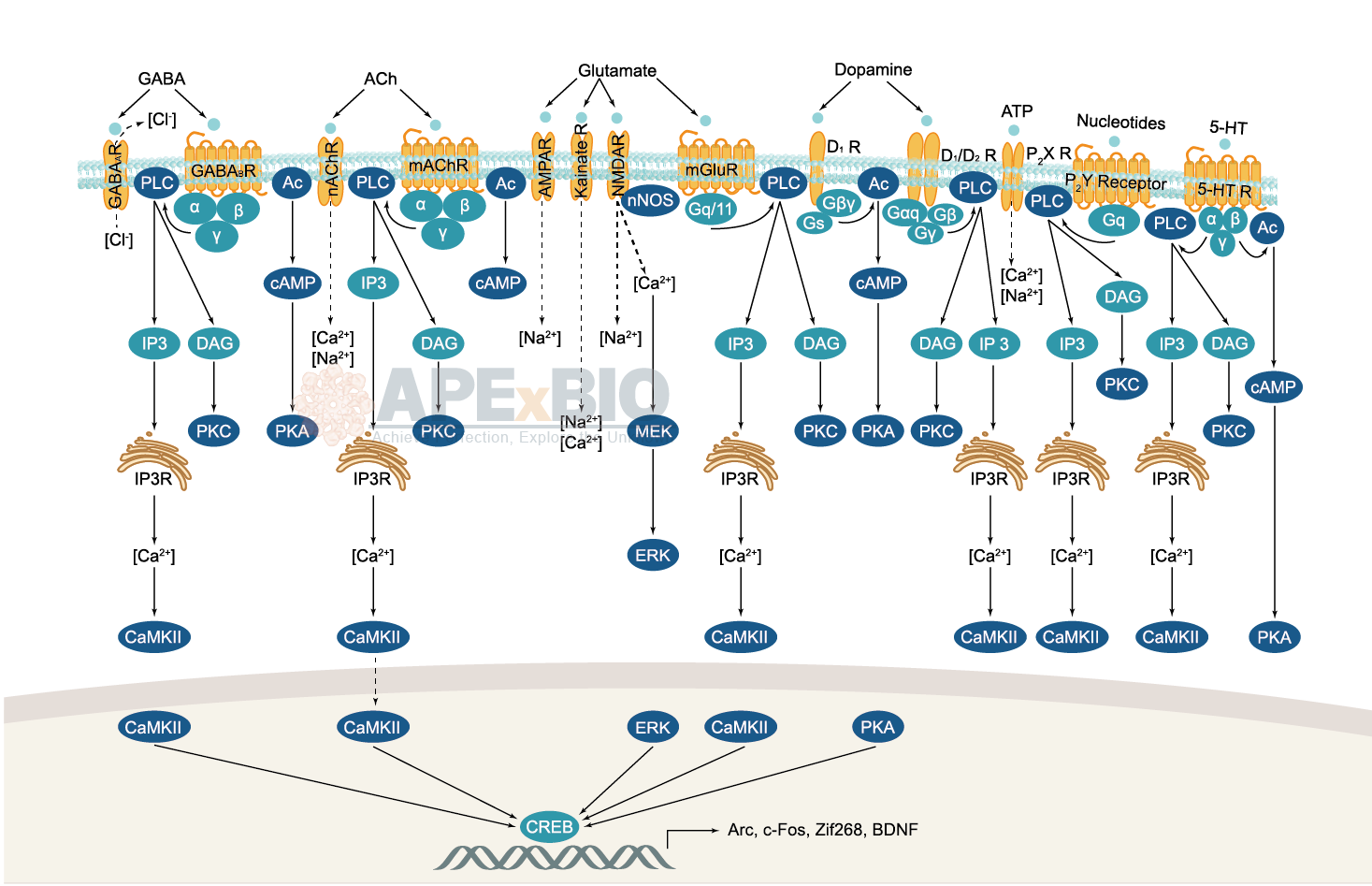
Neurotransmitter receptors function via various G-protein coupled and G-protein independent mechanisms that activate downstream intracellular signaling pathways such as cAMP/PKA, PI3K/AKT, phospholipase A2, and phospholipase C pathways. For instance, dopamine receptors act through adenylate cyclase to activate PKA and other signaling molecules, thereby mediate gene expression through the actions of CREB and other transcription factors. Other neurotransmitters such as NMDAR or AMPAR are associated with ion channels that control flux of Ca2+ and Na+, thus propagating the action potential across the post-synaptic neuron.
Dysfunctions in GABAergic/glutamatergic/serotonergic/dopaminergic pathways result in a broad range of neurological disorders such as chronic pain, neurodegenerative diseases, and insomnia, as well as mental disorders including schizophrenia, bipolar disorder, depression, and addiction.
-
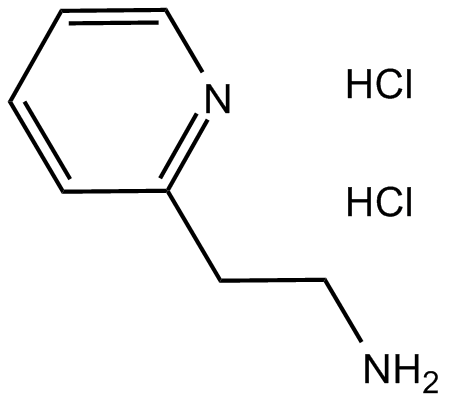 B7072 2-Pyridylethylamine dihydrochlorideTarget: Histamine H1 ReceptorsSummary: Histamine H1 receptor agonist
B7072 2-Pyridylethylamine dihydrochlorideTarget: Histamine H1 ReceptorsSummary: Histamine H1 receptor agonist -
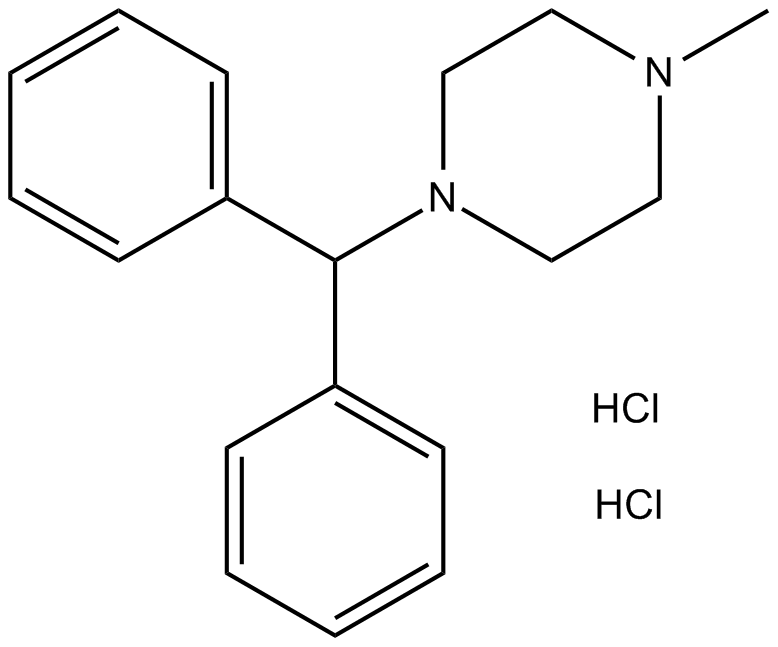 B1548 Cyclizine 2HClTarget: Histamine H1 ReceptorsSummary: Histamine H1 receptor antagonist
B1548 Cyclizine 2HClTarget: Histamine H1 ReceptorsSummary: Histamine H1 receptor antagonist -
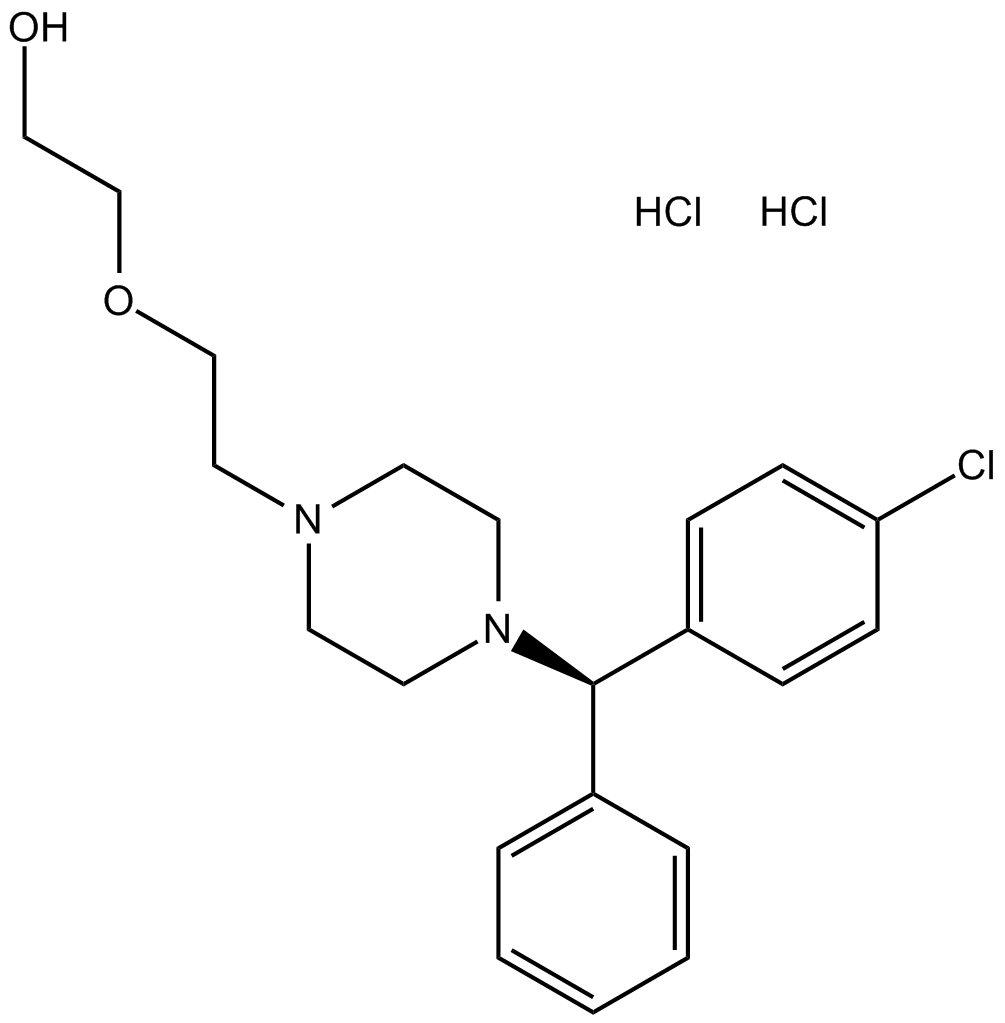 B1549 Hydroxyzine 2HClTarget: Histamine H1 ReceptorsSummary: Histamine H1-receptor antagonist
B1549 Hydroxyzine 2HClTarget: Histamine H1 ReceptorsSummary: Histamine H1-receptor antagonist -
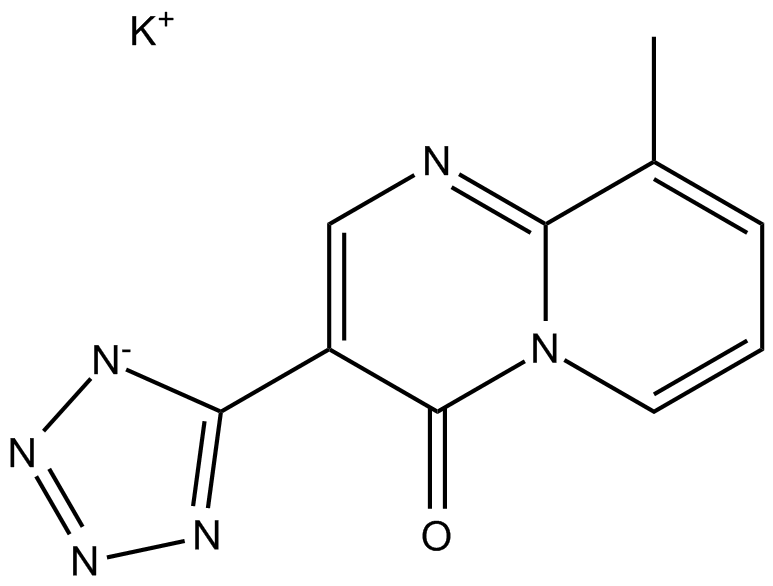 B1563 Pemirolast potassiumTarget: Histamine H1 ReceptorsSummary: Histamine H1 receptor antagonist
B1563 Pemirolast potassiumTarget: Histamine H1 ReceptorsSummary: Histamine H1 receptor antagonist -
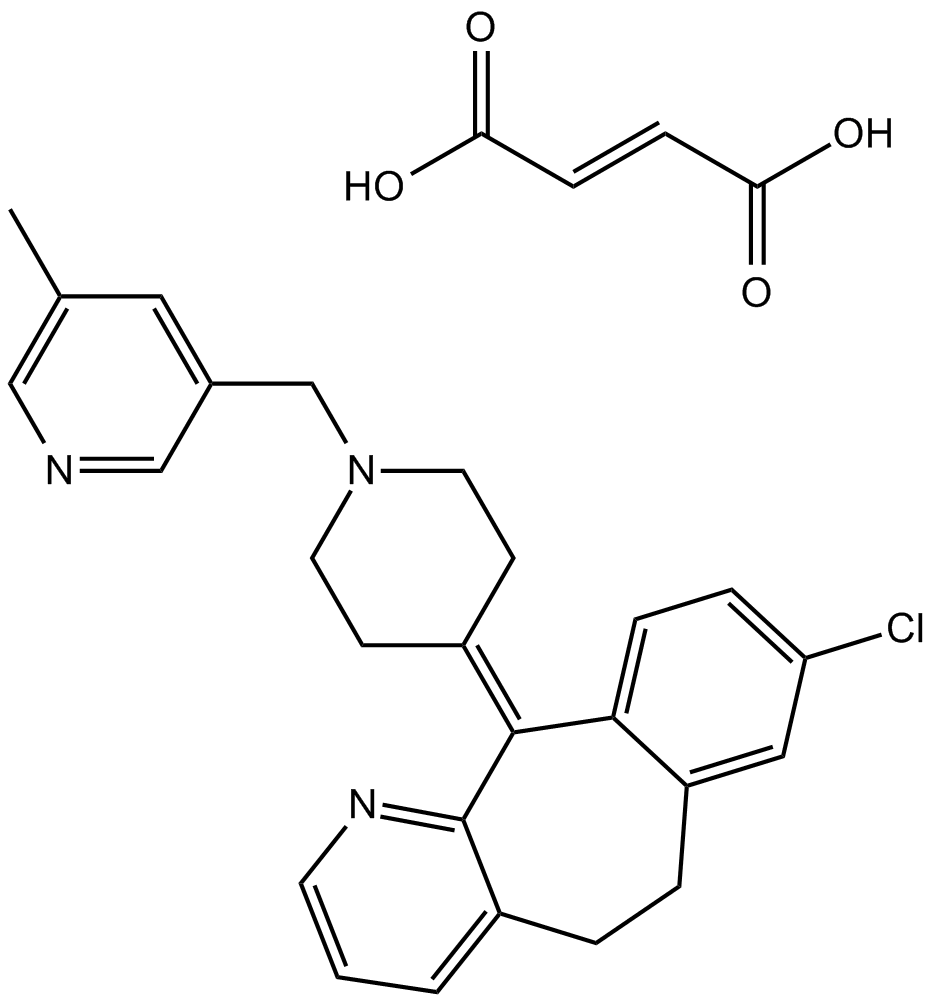 B1566 Rupatadine Fumarate1 CitationTarget: Histamine H1 Receptors|PAFRSummary: Inhibitor of PAF and histamine (H1) receptor
B1566 Rupatadine Fumarate1 CitationTarget: Histamine H1 Receptors|PAFRSummary: Inhibitor of PAF and histamine (H1) receptor -
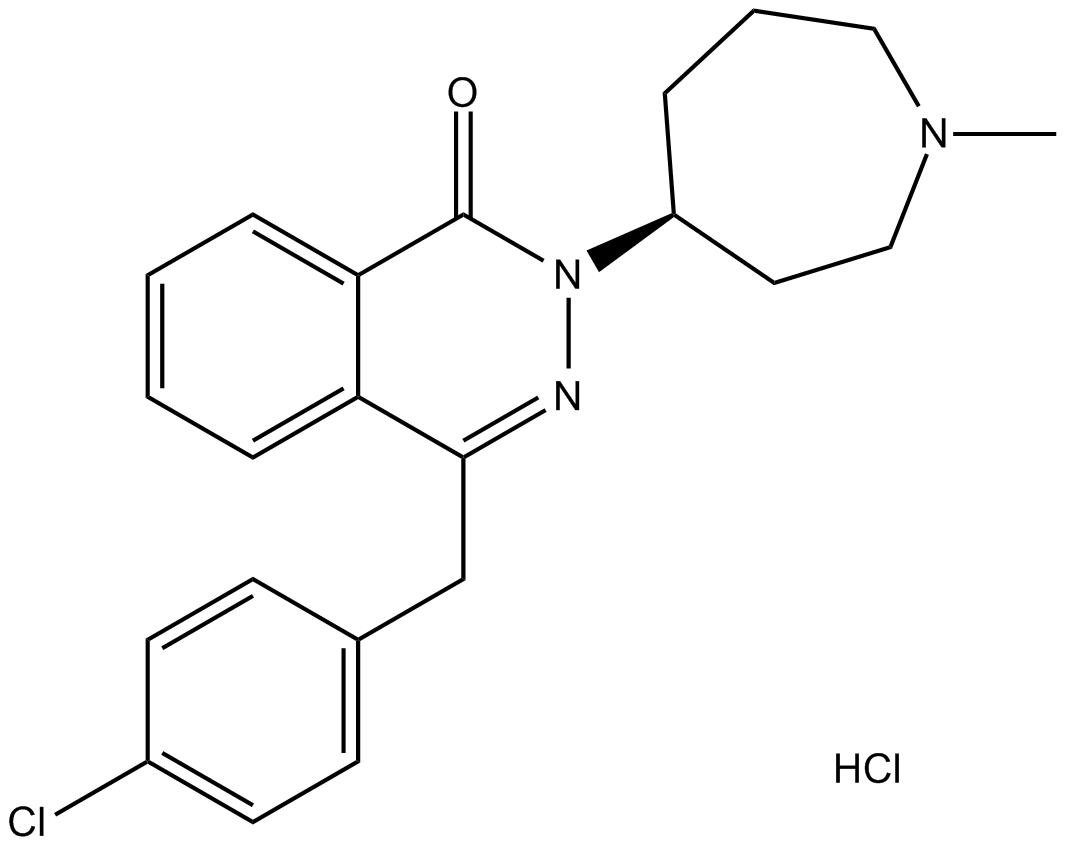 B1568 Azelastine HClTarget: Histamine H1 ReceptorsSummary: Potent, second-generation, selective, histamine receptor antagonist
B1568 Azelastine HClTarget: Histamine H1 ReceptorsSummary: Potent, second-generation, selective, histamine receptor antagonist -
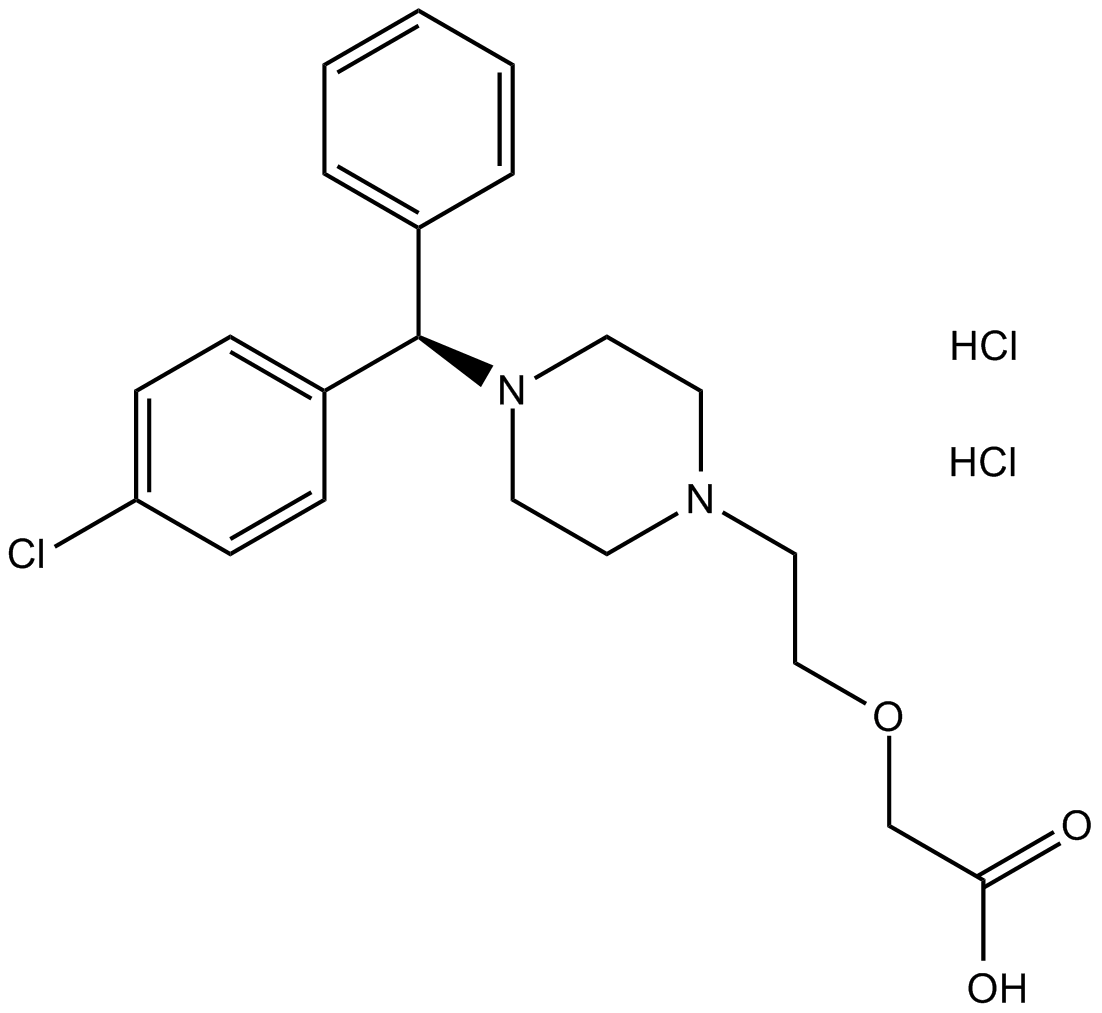 B1547 Cetirizine DiHClTarget: Histamine H1 ReceptorsSummary: H1 receptor inverse agonist
B1547 Cetirizine DiHClTarget: Histamine H1 ReceptorsSummary: H1 receptor inverse agonist -
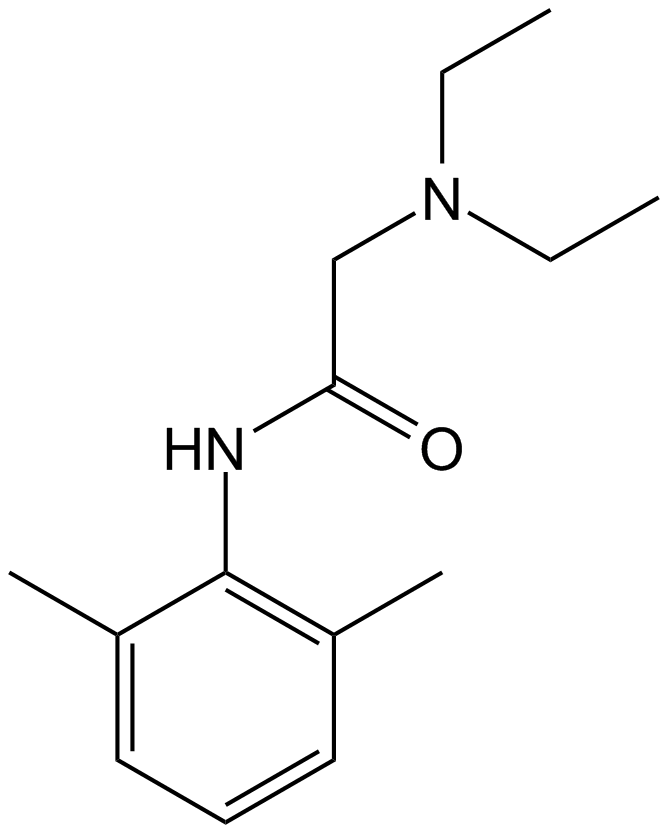 A1450 LidocaineTarget: Histamine H1 ReceptorsSummary: Anasthetic and class Ib antiarrhythmic agent
A1450 LidocaineTarget: Histamine H1 ReceptorsSummary: Anasthetic and class Ib antiarrhythmic agent -
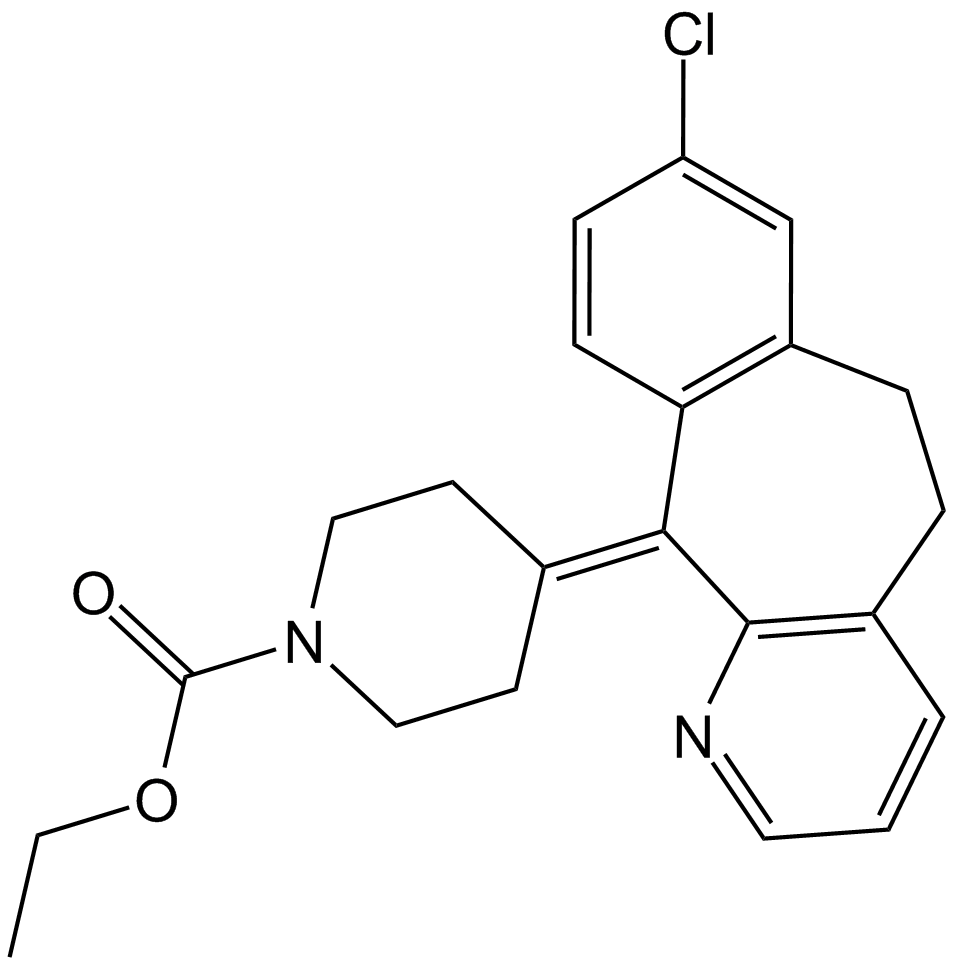 A2960 LoratadineTarget: Histamine H1 ReceptorsSummary: Peripheral HH1R antagonist
A2960 LoratadineTarget: Histamine H1 ReceptorsSummary: Peripheral HH1R antagonist

